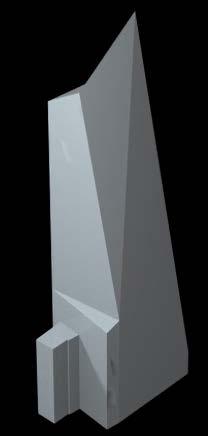
1 minute read
SAXA FRACTIONIS
London, United Kingdom
Institution:
Advertisement
Advisors:
Bartlett School of Architecture
MArch, June 2022, Year
dr Marjan Colletti,
Javier Ruiz
The project in an investigation focused on analogies between the rapidly evolving digital world wide web, with its current ills and opportunities, and the City of London, a highly centralised, dense enclave failing to adapt to the new dynamic live-work environment.
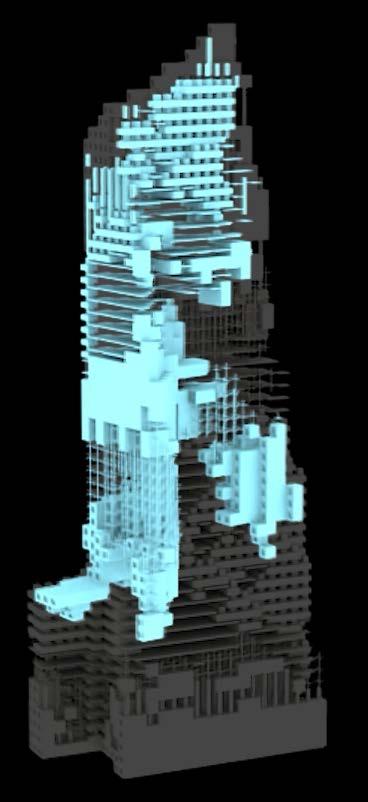
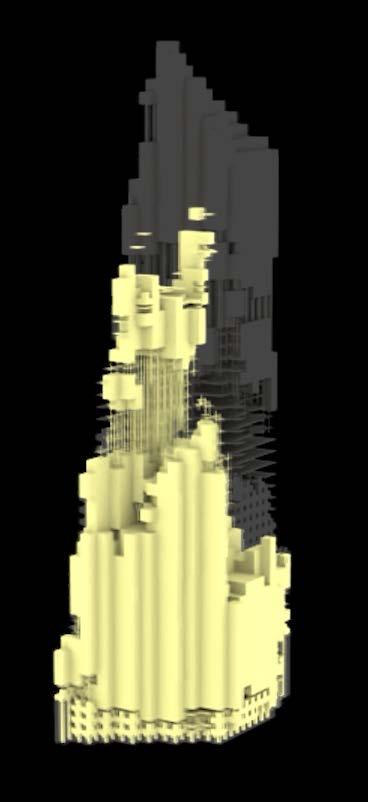
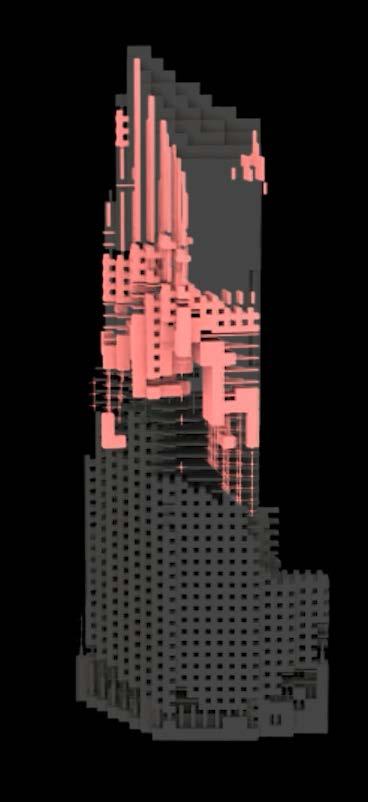

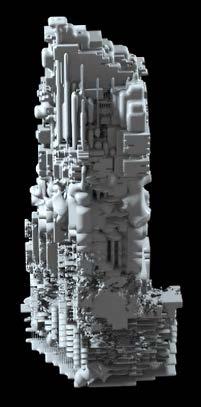
The proposal attempts to challenge the current paradigm of how buildings are designed, constructed and managed, as during the years necessary to deliver projects market fluctuates, resulting in misalignment of the market and character of the local context. argue that a more evolutionary model, allowing the building to update and recalculate constantly, would enable for more contextually relevant approach to construction.
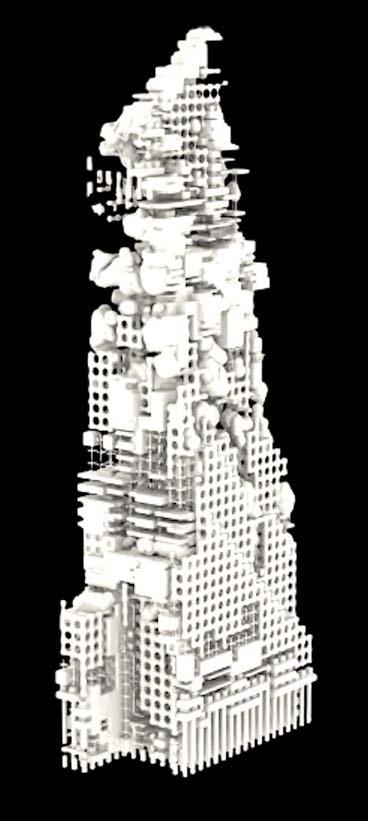
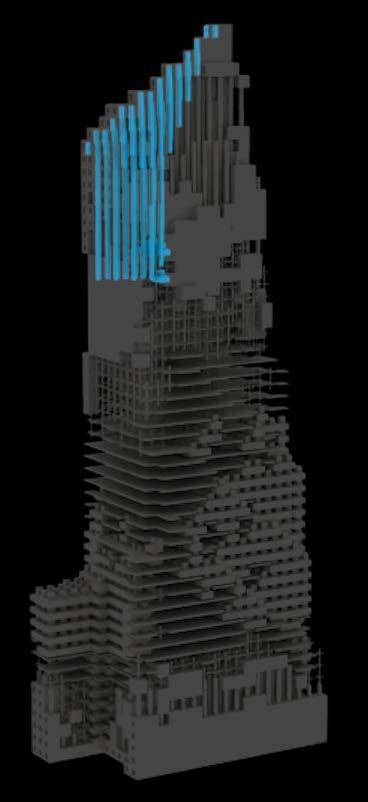
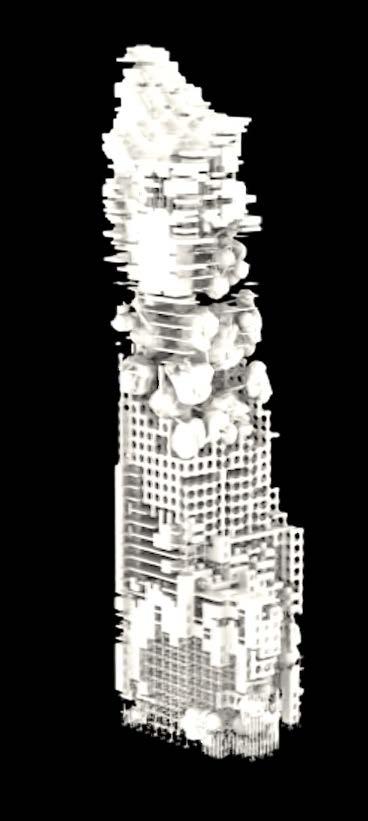
The key explorations included algorithmic analysis of the context, minimsation of impac on existing developments, and a search for an ideal landscape - a new type of public space derived from conjunction of environmental and social factors. The proposal also investigates new models of ownership, and the idea of a building conceived, funded, constructed and managed through the Decentralised Autonomous Organisation (DAO).
Initial Morphology Explorations
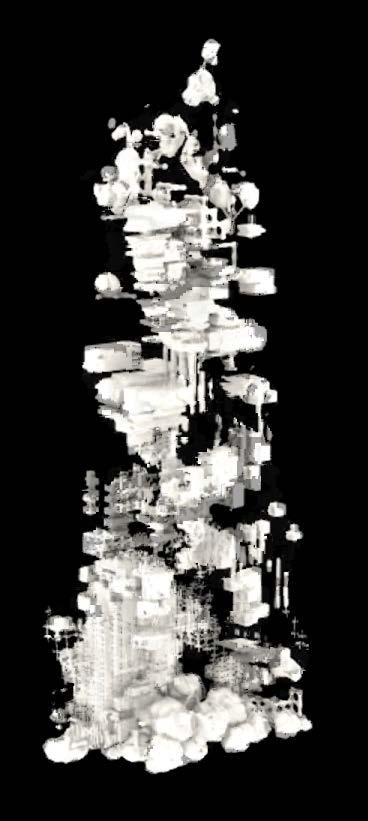
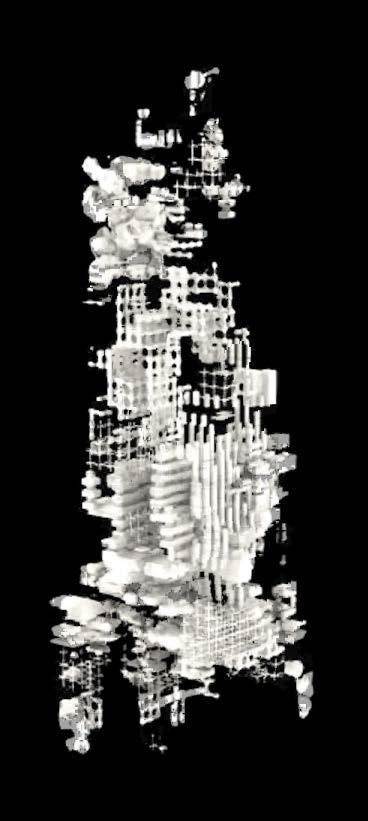
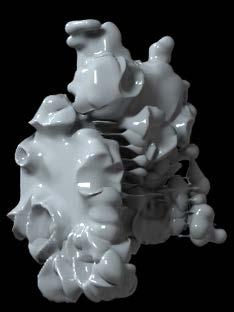
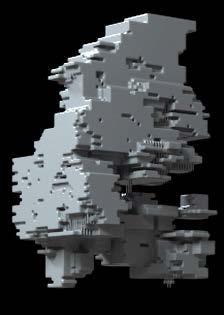
The initial studies explore new distribution models, focusing on the Eastern Cluster of the City of Lonodon. The initial analysis focuses on 52 Lime Street, however the system can be applied to any existing building.
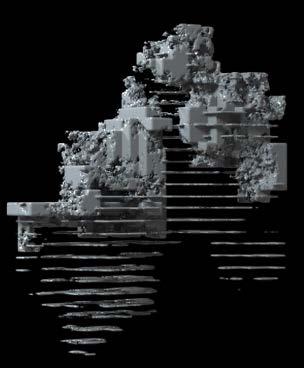
Gradual Negotiations
The model is fed with contextual data and constraints. Direct Sun Irradiance is mapped onto the facade, after which an unsupervised machine learning algorithm searches for patterns and determines the distribution of previously developed volumetric models.


Programme
The programs are established temporarily, and as gradients shift, they possess the ability to adjust and update the building volumes in response to social and architectural parameters
